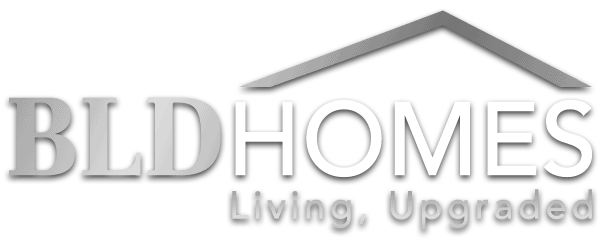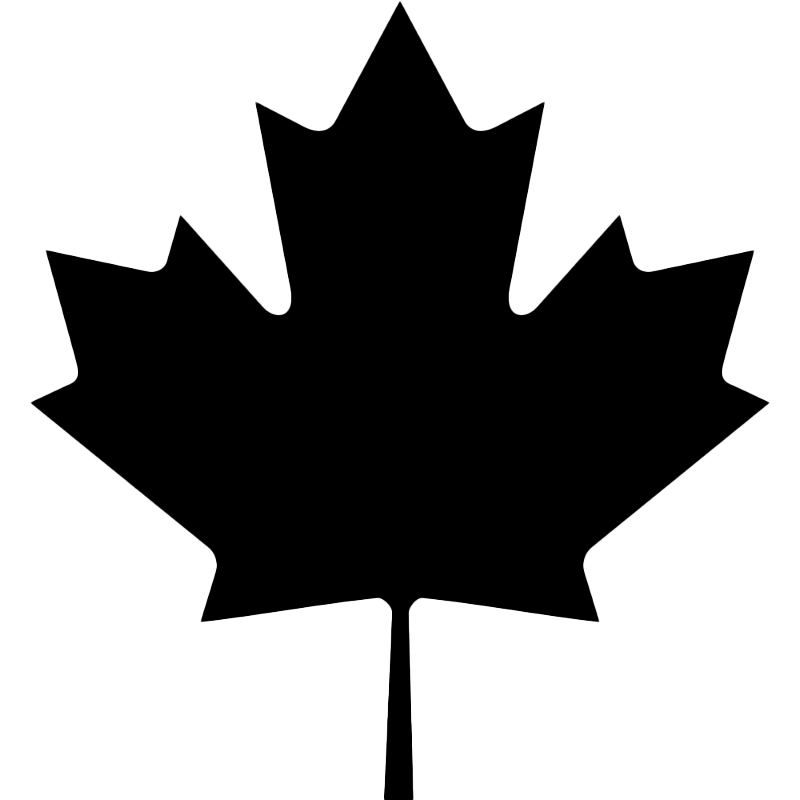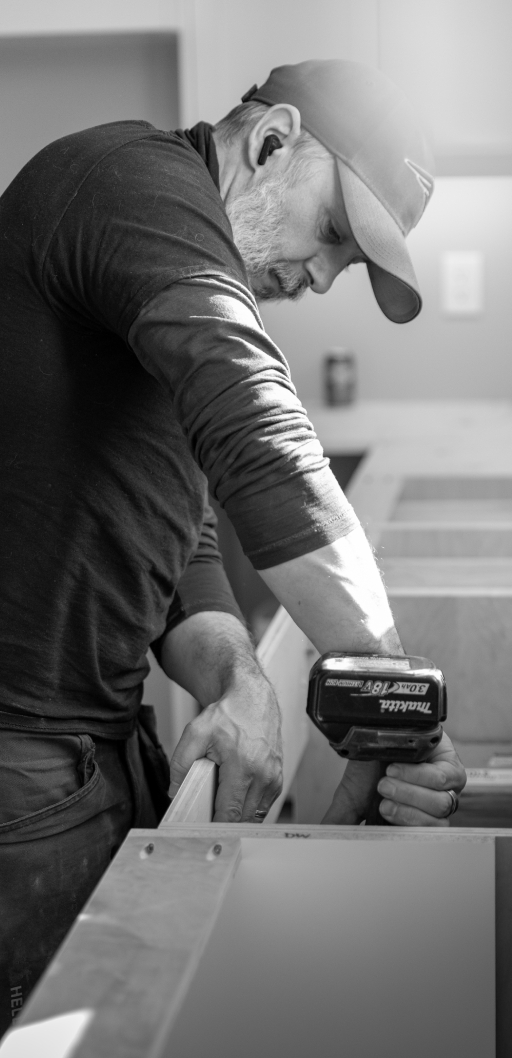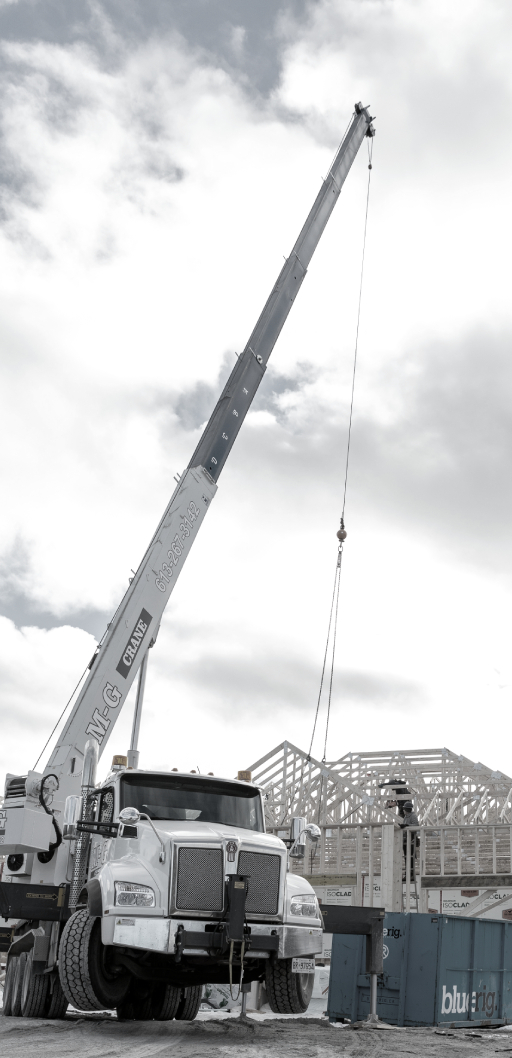LUXURY RENTALS
APARTMENT
RENTAL
PROCESS
Renting a home comes with many benefits including no maintenance costs, repair bills, real estate taxes, or long-term commitment, more flexibility, more free time, and it’s cheaper than owning. BLD Homes provides quality rentals to make your life simpler.

Renting with BLD Homes
When thinking about renting an apartment from BLD Homes, it’s important to get answers to the following questions to ensure a seamless experience:
What questions should I ask before renting a property?
- How much is the rent and safety deposit (if applicable)?
- How long is the lease?
- Can the lease be renewed?
- Is the rental furnished or unfurnished?
- What utilities are included? If they’re not included, how much do the utilities typically cost?
- Is parking included? If so, how many spaces are there? Is there guest parking?
- Is additional storage like a bike rack or a locker included in the rent?
- Are there laundry facilities in the unit, or are there common laundry facilities?
- What amenities are included in the rent?
- Where does the trash go?
- Is there a back patio or deck? What are the rules?
- Are pets allowed? If so, are there quantity, size or breed restrictions or pet fees?
What are application questions I may be asked?
Determine if the rental is within your budget, then submit your application. The following will be asked of you:
- Permission to run a Credit Report/Credit Check using SingleKey (name, address, etc).
- Permission to run a Criminal Record Check.
- Permission to run a Social Media Check.
- A signed copy of your completed application.
- Proof of Income/Employment//Financials Verification.
- Certified cheque and/or e-transfer for first and last month’s rent.
- One piece of government-issued photo ID.
- Name of guarantor co-signee (person who pays your rent if you can’t).
- 2 references, preferably from previous landlords or employers.
- Your rental history if you have any (it won’t be used against you if you don’t).
- If you have a pet/pets. If so, info about your pet(s). A landlord can ask if you have a pet and can refuse renting a place to you based on your response.
- The reason(s) why you’re moving.
- When you plan to move.
- How many people will live in the property and their names.
- Whether you require parking or other amenities from the rental.
- Proof of rental insurance.
- Any questions or concerns you may have.
- You will not be asked about your ethnic background, religion, food habits, sexual preferences, marital status, whether you plan to have children/more children nor for your Social Insurance Number (SIN).
I am ready to sign the lease, now what?
If your application is approved, the next step is to sign a lease. A lease is a written rental agreement outlining the terms you and your landlord agree to. A lease is a legal document, so it’s important that you read and understand it. You can ask someone to go over it with you, such as the landlord, a relative, friend, or even a lawyer. When you sign a lease, you share personal information with the landlord. Signing a lease gives the landlord consent to collect personal information and use it for renting purposes only. Landlords must comply with the Personal Information Protection and Electronic Documents Act (PIPEDA). PIPEDA is Canada’s federal private sector privacy law. The lease will include:
- Names and contact information for you and BLD Homes.
- Rental address.
- Monthly rent you have agreed to pay, with or without utilities, parking, cable television or other services.
- Date the rent is due (first day of each month), and the amount of any future rental increases.
- Rental period (2 years+, 1 year or month-to-month).
- Conditions for ending the lease or subletting the property
- List of the repairs or upkeep that you’re responsible for.
- Restrictions such as smoking.
- Details on when and how the landlord can enter your home.
- Process for changing the lease and resolving disagreements
GETTING STARTED
THE RENTAL
PROCESS
BLD HOMES
Walk Through Inspection
An orientation walkthrough with you and the property manager Chloe, a week before move-in, to review the home, note any damages, and explain how to use the appliances and utilities.
Interior & Exterior Maintenance
BLD Homes oversees the handling of maintenance both interior and exterior in your unit. Please contact the Property Manager Chloe (chloe@bldhomes.ca) for any maintenance requests.
Rent Payment
We recommend you organize your rent to be auto deposited through your bank or key to BLD Homes. You can also send e-transfers or provide cheques.
Contact
The property manager Chloe will be your first point of contact. Her email is chloe@bldhomes.ca. She will handle any maintenance requests or concerns you may have.
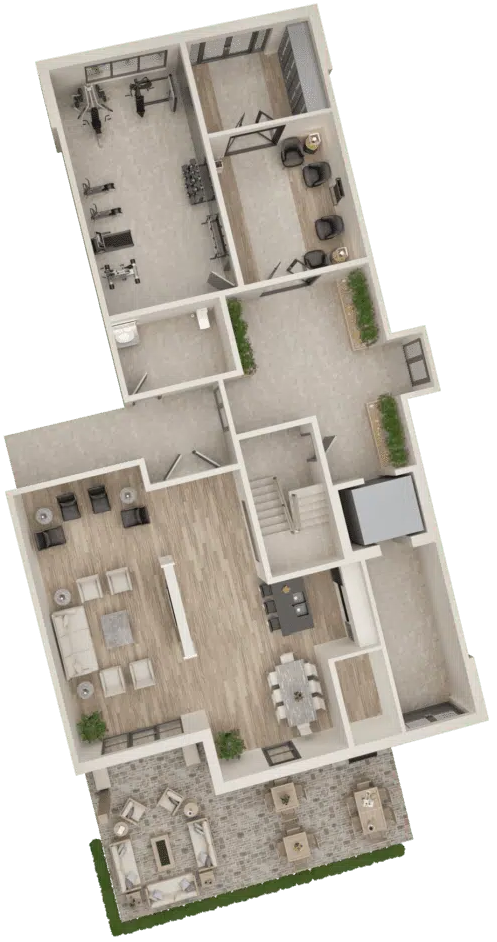
Tenant Responsibilities
Tenant Prohibitions
Landlord Responsibilities
Landlord Prohibitions
- Pay rent in full, on time, and inform the landlord in case of financial difficulties and inability to pay rent.
- Keep the property clean.
- Notify the landlord of any damage or leaks so they can be fixed.
- Allow the landlord permission to enter the property to repair or show the property to prospective tenants if 24-hour notice has been given.
- Provide reasonable notice to the landlord to terminate the lease.
- Vacate the property when the lease ends.
- Hand over the keys to the landlord upon moving out.
- Tenants cannot withhold rent in case of negligent repairs as non-payment.
- Renovate the property without the landlord’s permission.
- Change the locks of the house without the landlord’s permission.
- Sublet or assign the lease to someone else without the landlord’s permission.
- Stop the landlord from entering the unit when a proper notice has been given.
- Have the unit meet the Fire safety regulations and local building codes.
- Have the unit meet Municipal property standards.
- Have the unit meet the Zoning bylaws.
- Maintain the rental unit home in a good state of repair.
- Ensure the property complies with all health and safety guidelines.
- Always ensure a reasonable supply of fuel, electricity, hot and cold water and other utility services (Internet) unless the tenant has agreed to obtain and pay for these services.
- Collect rent.
- Provide the tenant a copy of the lease and rent receipts.
- Allow for peaceful enjoyment of the property.
- Provide all essential appliances and fixtures or other additions and utilities mentioned in the lease.
- Maintain common areas like hallways and yards and remove snow from driveways and walkways.
- Get rid of household pests like mice, cockroaches, etc.
- Follow legal procedure to evict a tenant in case of non-payment of rent or breach of lease.
- The landlord cannot enter the property without providing acceptable 24-hour notice and receiving the tenant’s permission. ( unless for emergency purposes)
- Interfere with the reasonable enjoyment of the premises by the tenant and the members of their household, or their guests.
- Seize, without legal process, a tenant’s property for rent default or for the break of any other obligation of the tenant.
- Harass, obstruct, coerce, threaten, or interfere with the tenant.
- Evict the tenant in bad faith.
- Refuse a tenant based on race, colour or ethnic background, religious beliefs or practices, ancestry, including people of Aboriginal descent, place of origin, citizenship, including refugee status, sex (including pregnancy and gender identity), family status, marital status, including people with a same-sex partner, disability, sexual orientation.
- Stop a tenant from breaking their lease early if they have experienced domestic or sexual violence.
- Advertise the availability of the rental unit before the tenant moves out.
- Fail to keep the special provision notice and any supporting documentation confidential.
- Charge more rent than is allowed under the act.
- Charge additional rent after the tenancy has ended and the tenant has moved out
- Make a tenant or potential tenant buy anything from the landlord or an existing tenant to secure or keep a rental unit (for example, requiring a potential tenant to buy window coverings or furniture if they want to rent the space).
- Refuse to give a tenant or former tenant a rent receipt on request.
ENDING A LEASE
POST RENTAL
PROCESS
WITH BLD HOMES
Ending a lease with BLD Homes is a straightforward process designed to ensure a smooth transition for both parties. Our team is committed to assisting you throughout the process, ensuring a seamless and professional experience.
Ending a Lease
When giving notice to move out, you must provide BLD Homes with a formal written notice using Form N9. In Ontario, this notice requires at least 60 days’ notice. If you leave before the lease ends, you may forfeit your deposit. It’s important to understand your rights as a renter under provincial law.
Unit Restoration
When moving out, tenants must restore the dwelling to its original condition, including repainting walls and repairing soiled rugs or scratched floors as needed.
Deposit Return/Deduction
Your security deposit covers any damages not repaired, such as a $100.00 wall repair for an unfixed hole, which would be deducted from your deposit.
Moving Out
After agreeing on a move-out date with Chloe, schedule your move and use the designated entrance/exit with the keys provided by the property manager. Return the keys to Chloe once your move is complete.
Feedback
From the entire BLD team, thank you so much for choosing BLD Homes. We wish you all the best.
CONTACT BLD HOMES
Contact us today with any questions about our luxury homes or rental opportunities—we're here to help!
